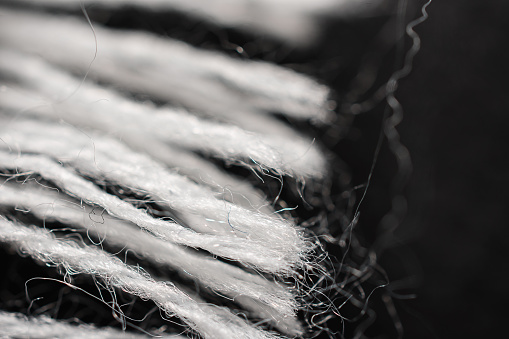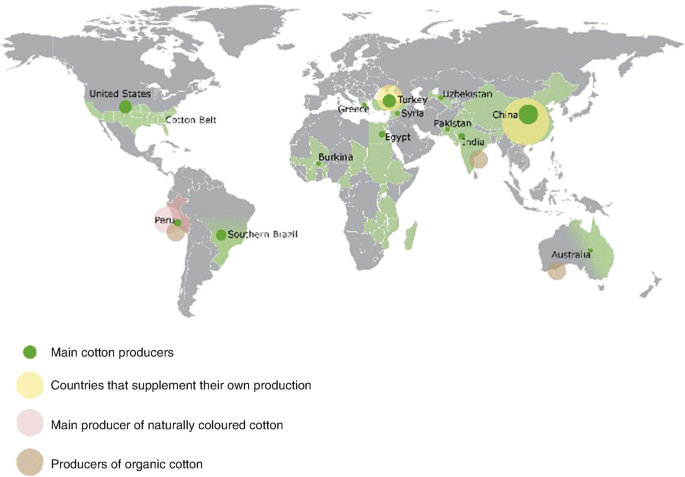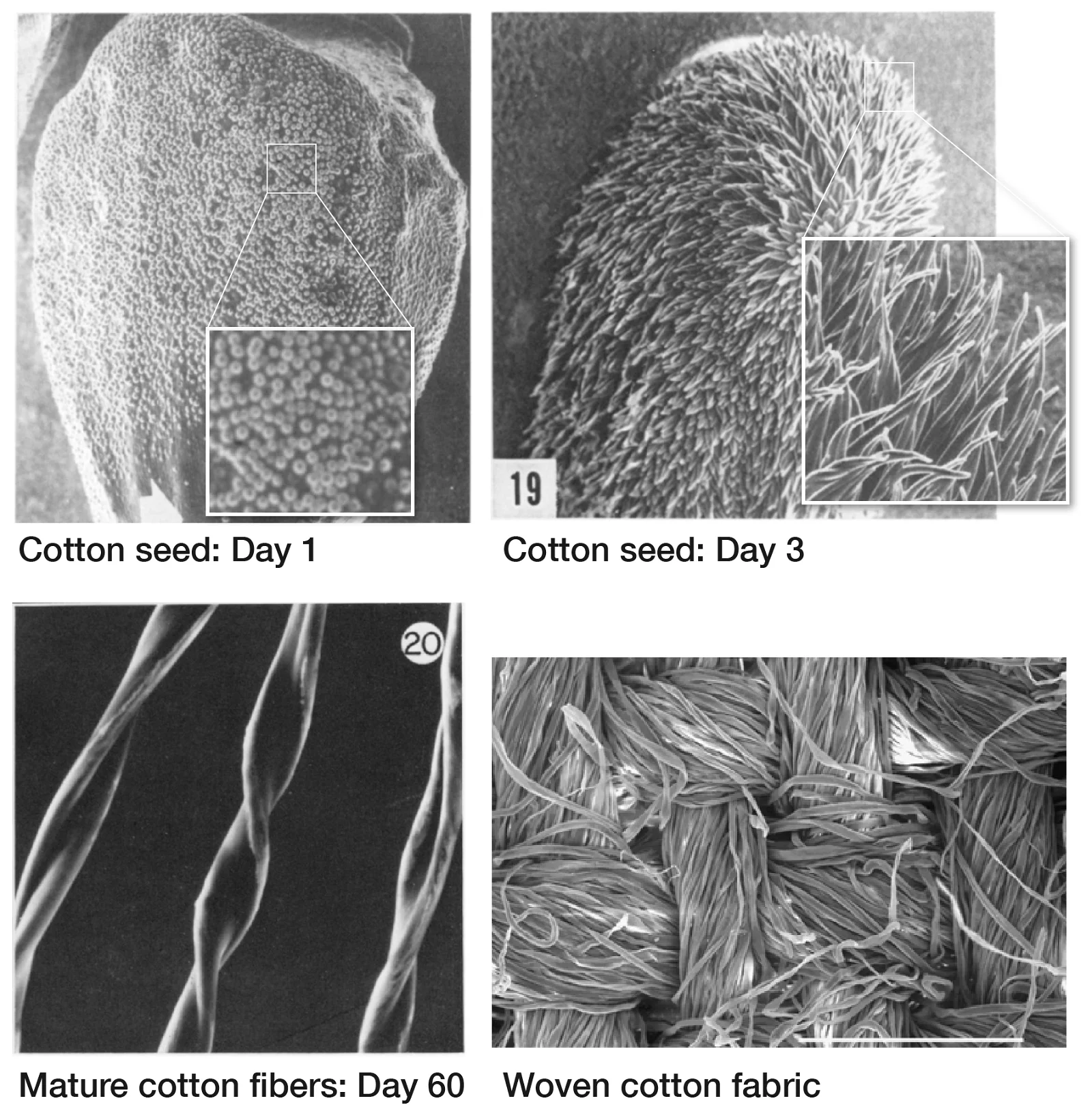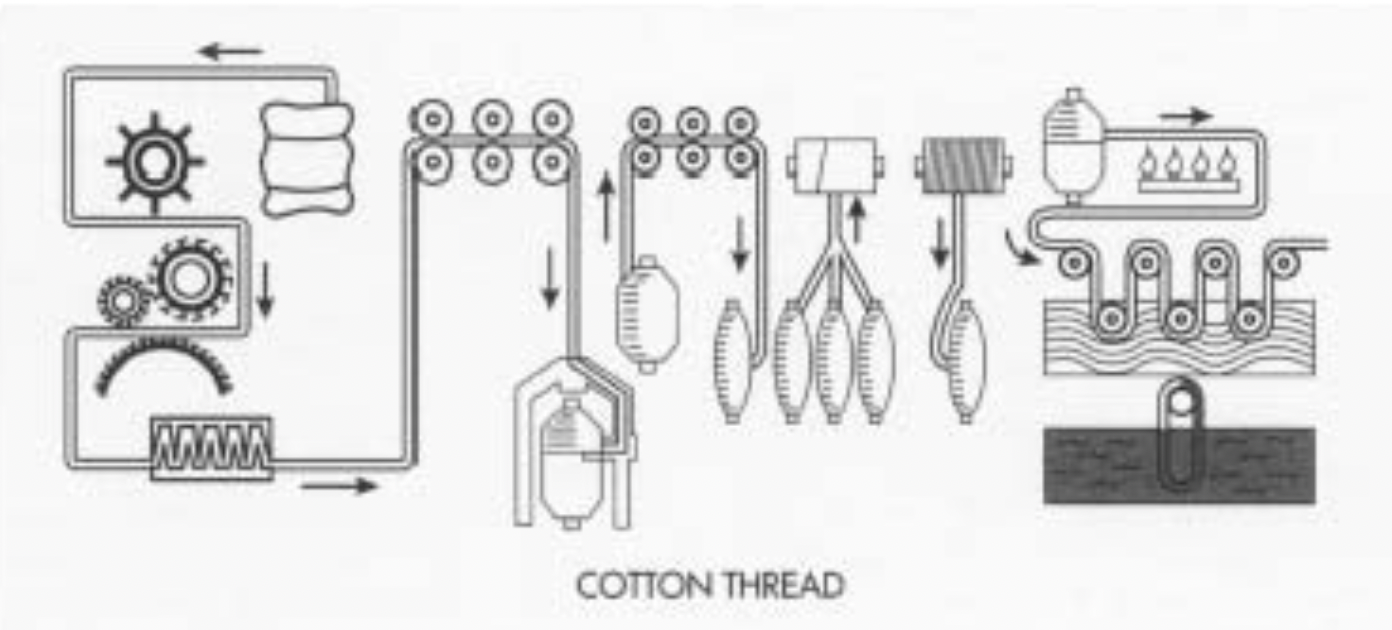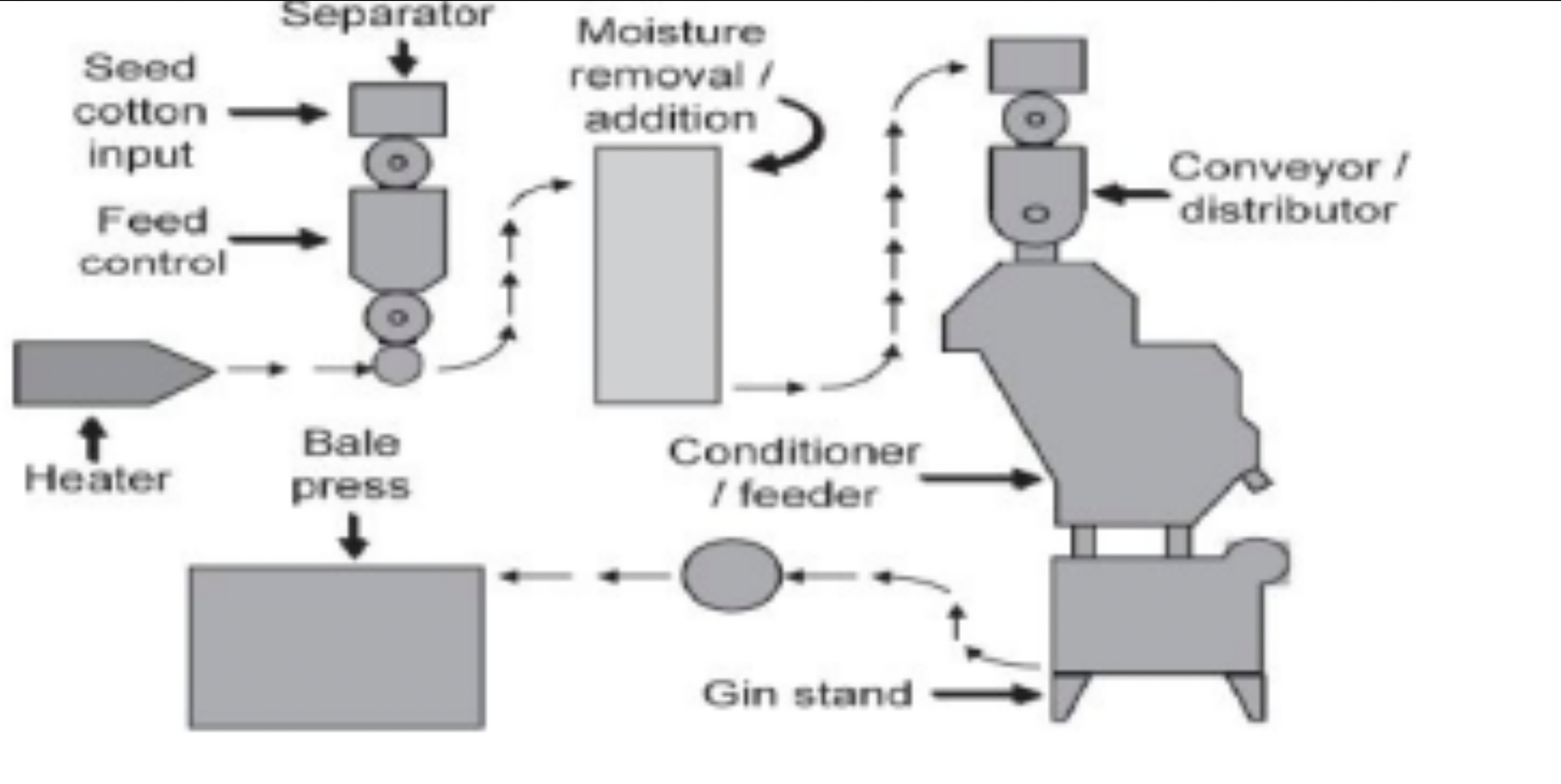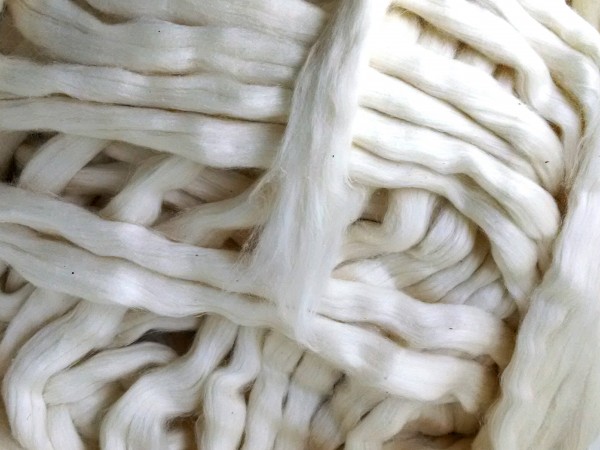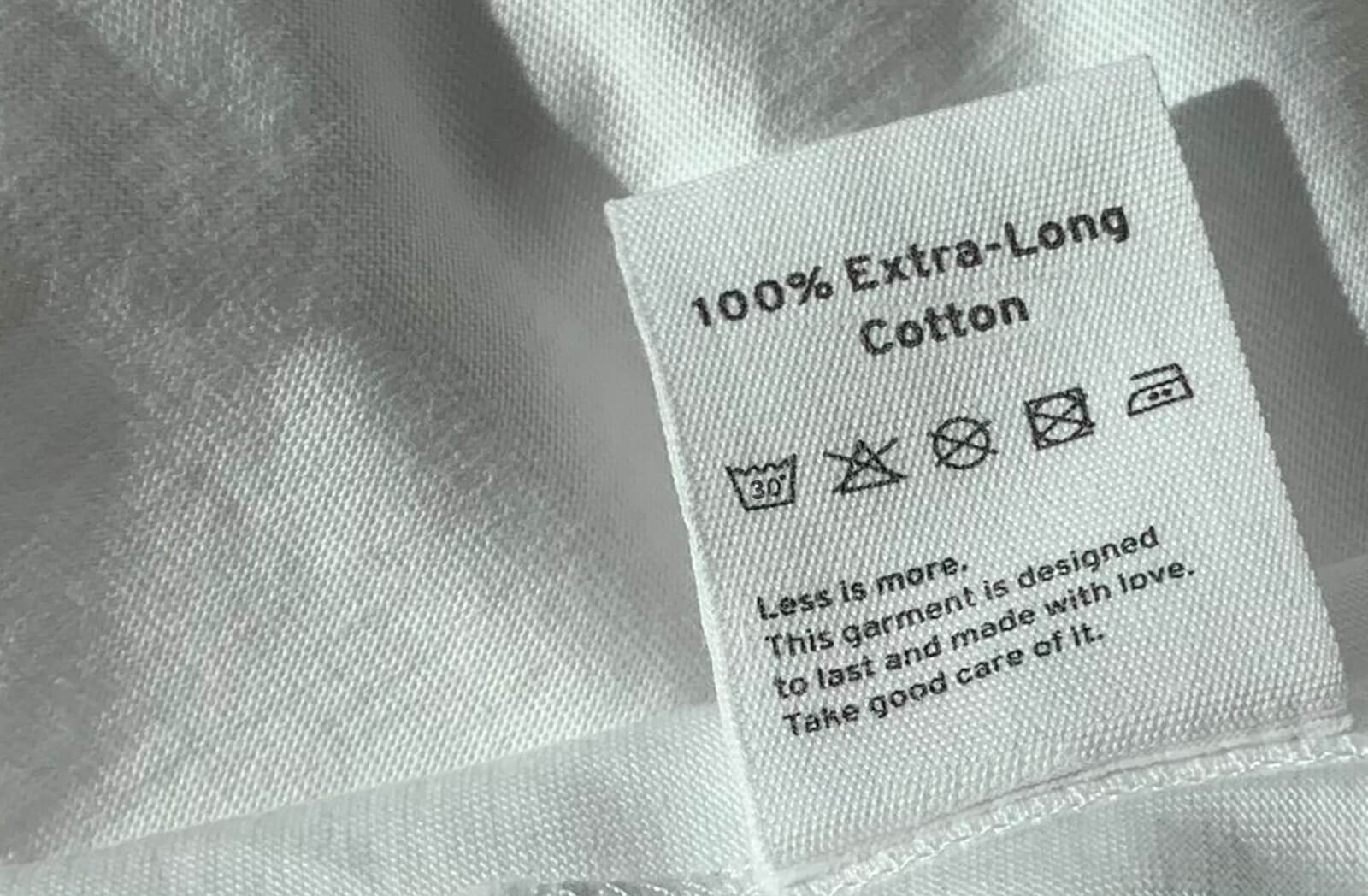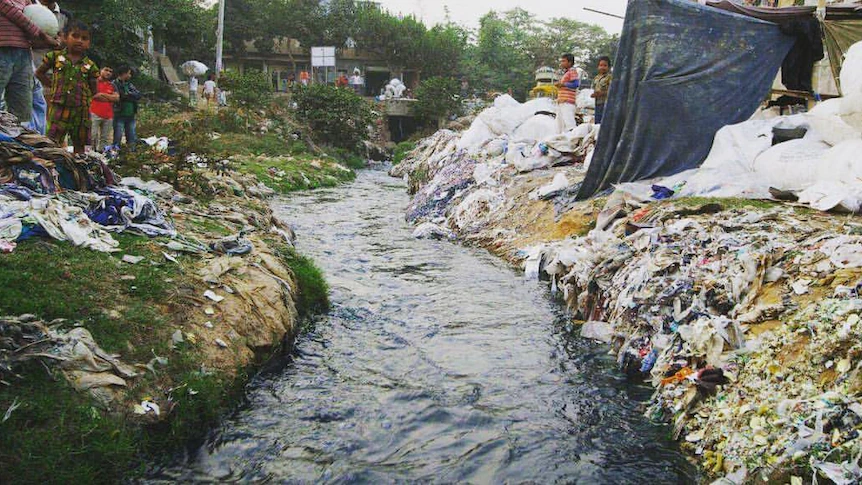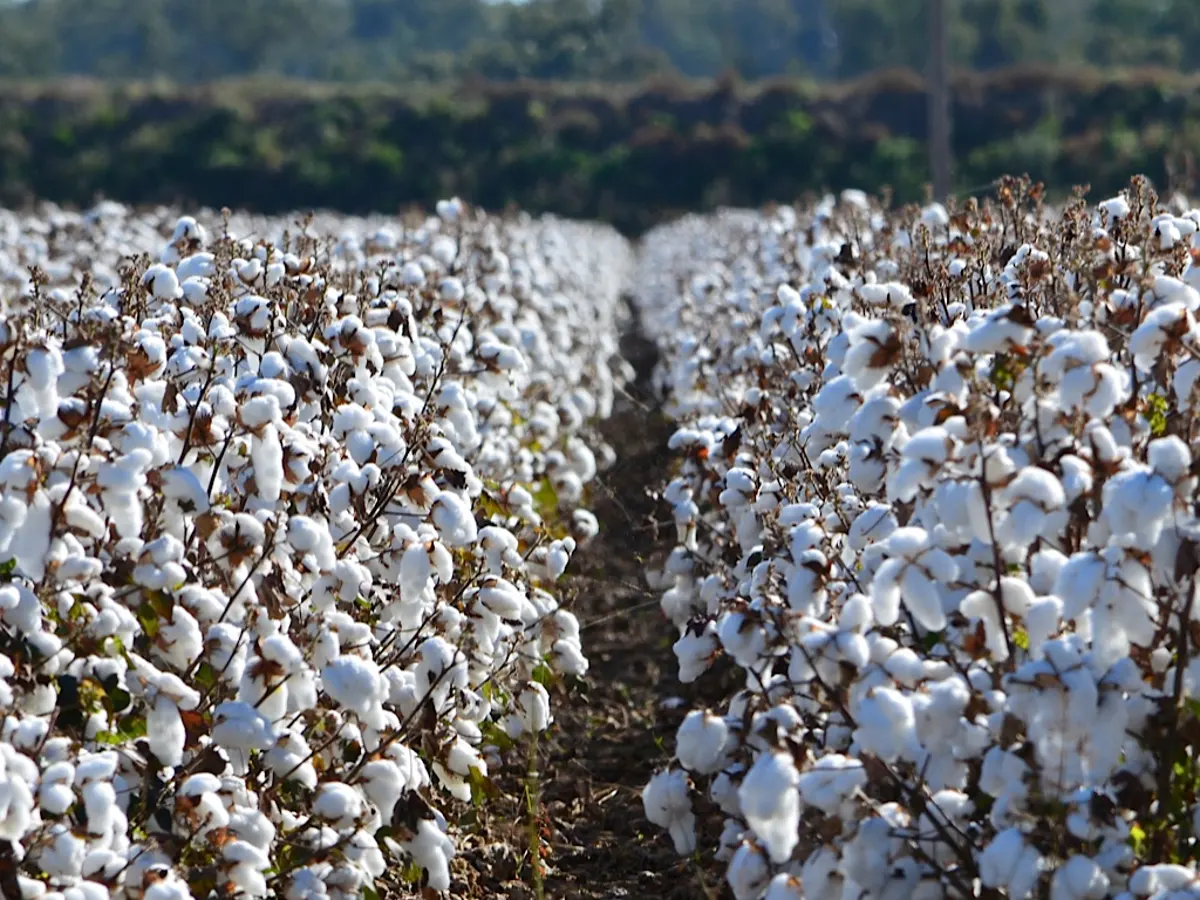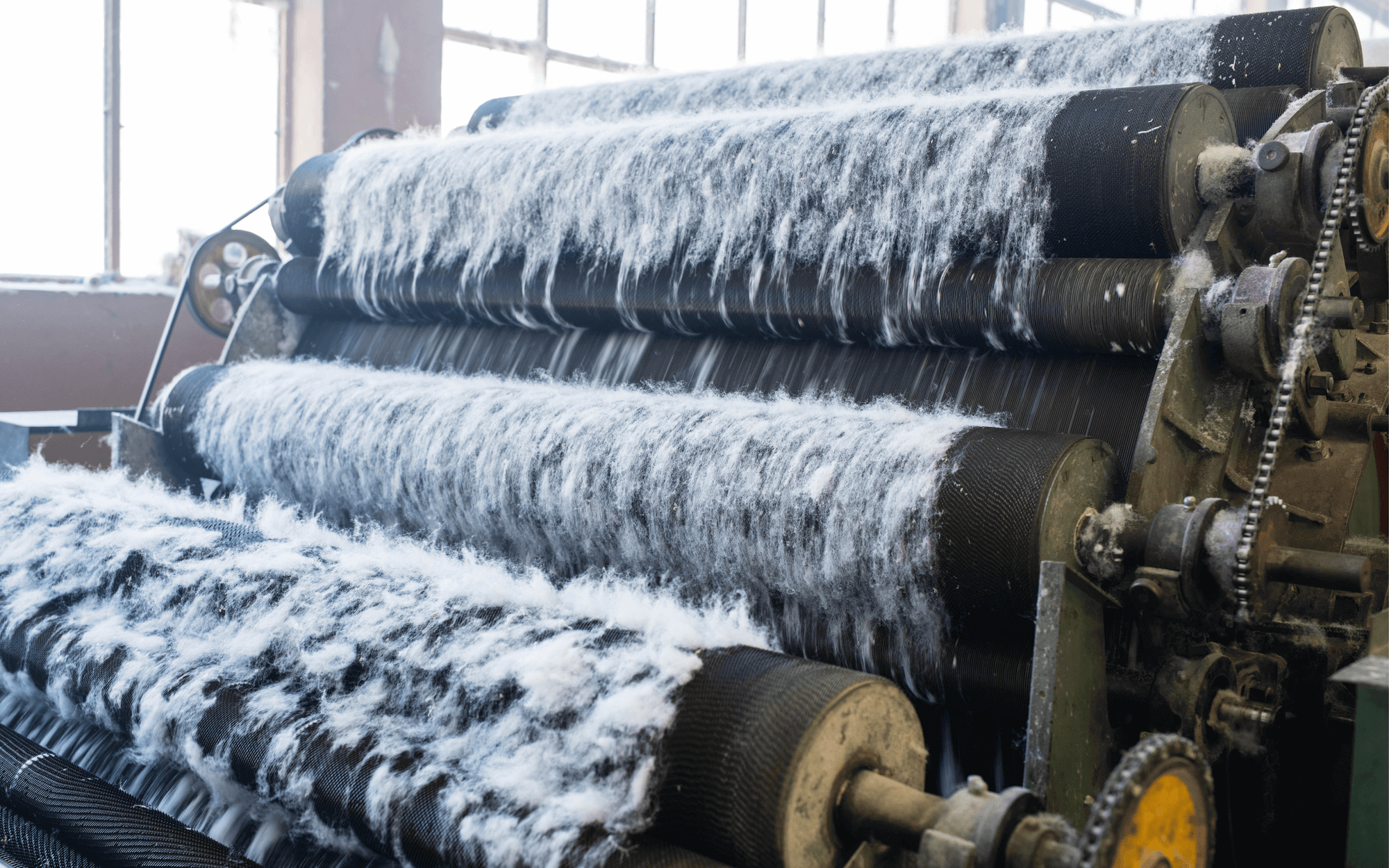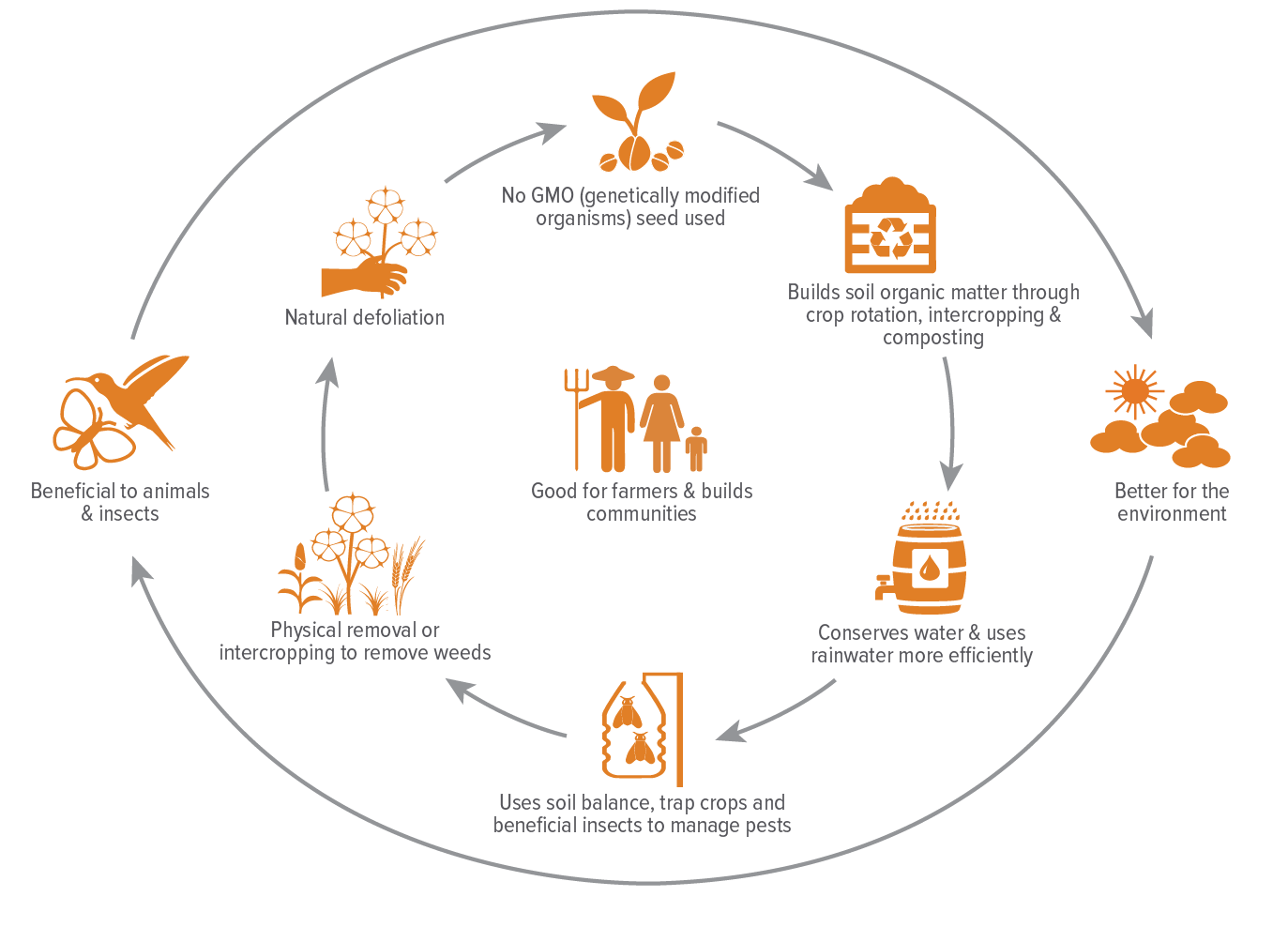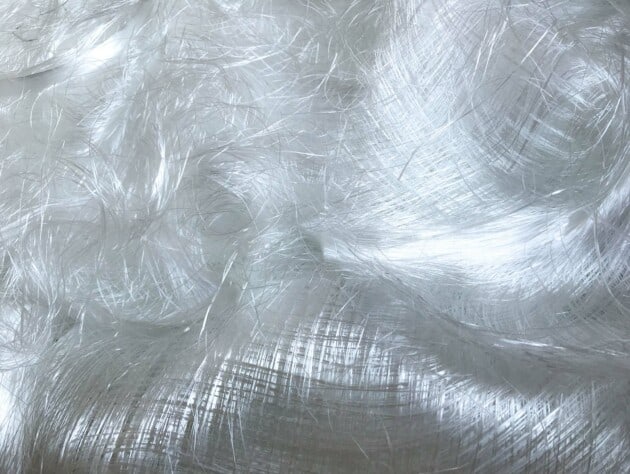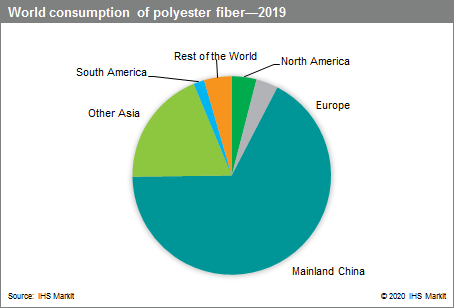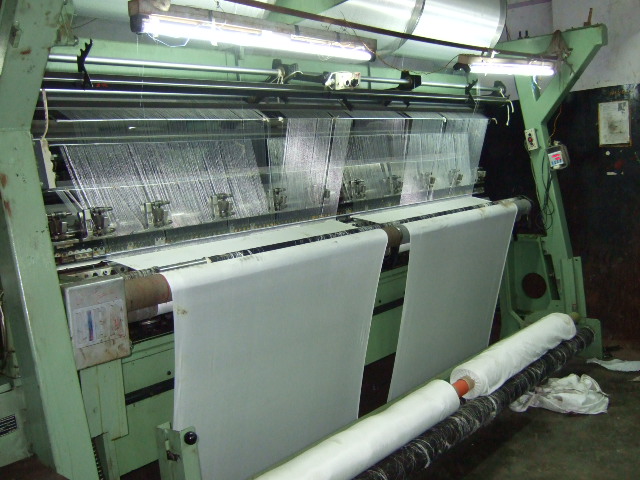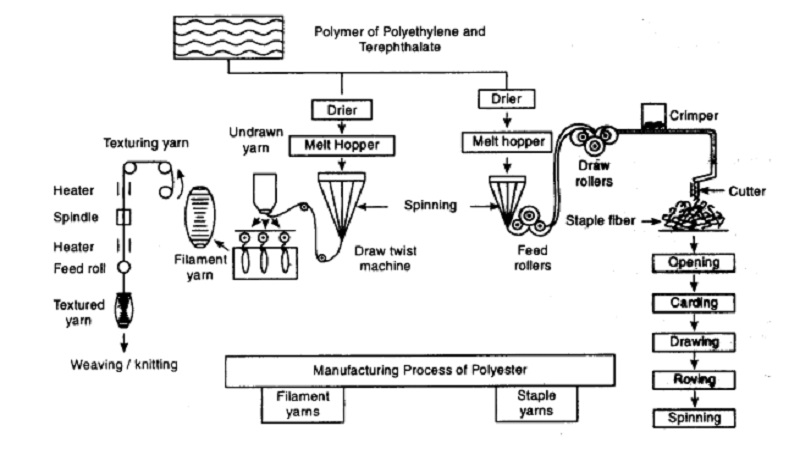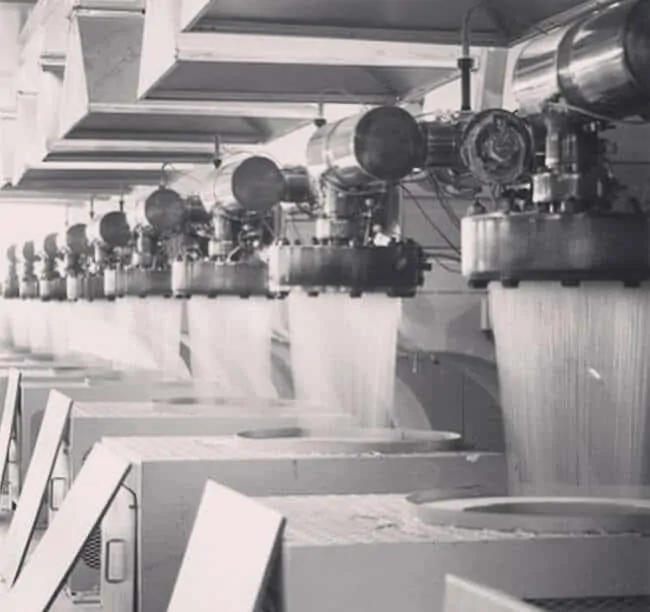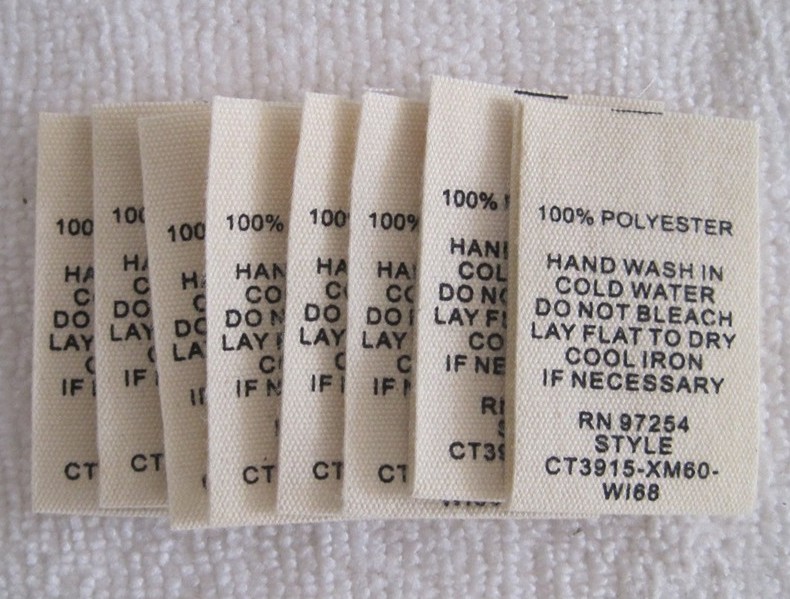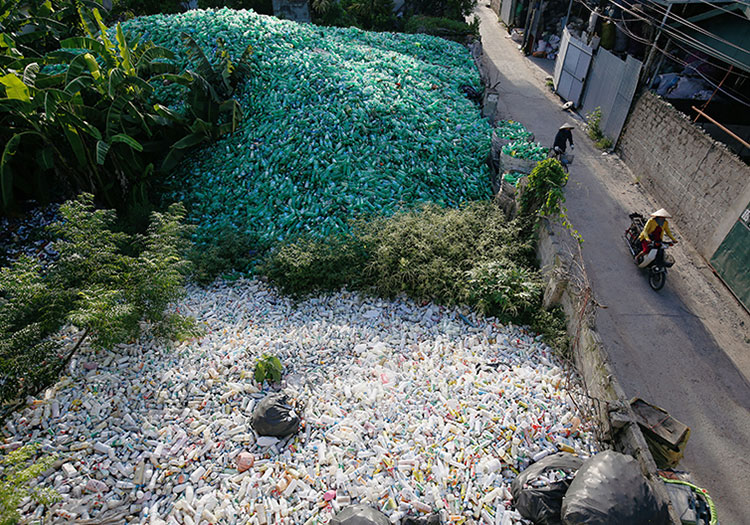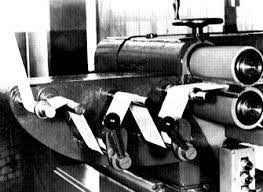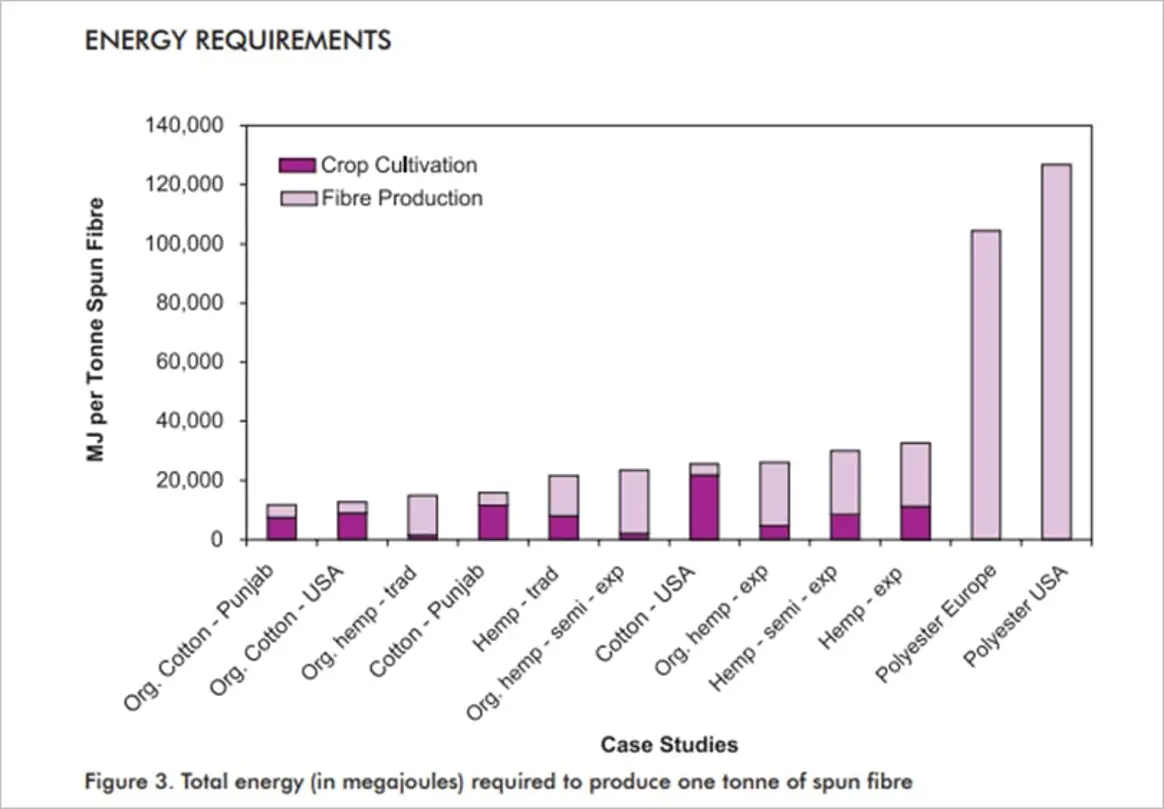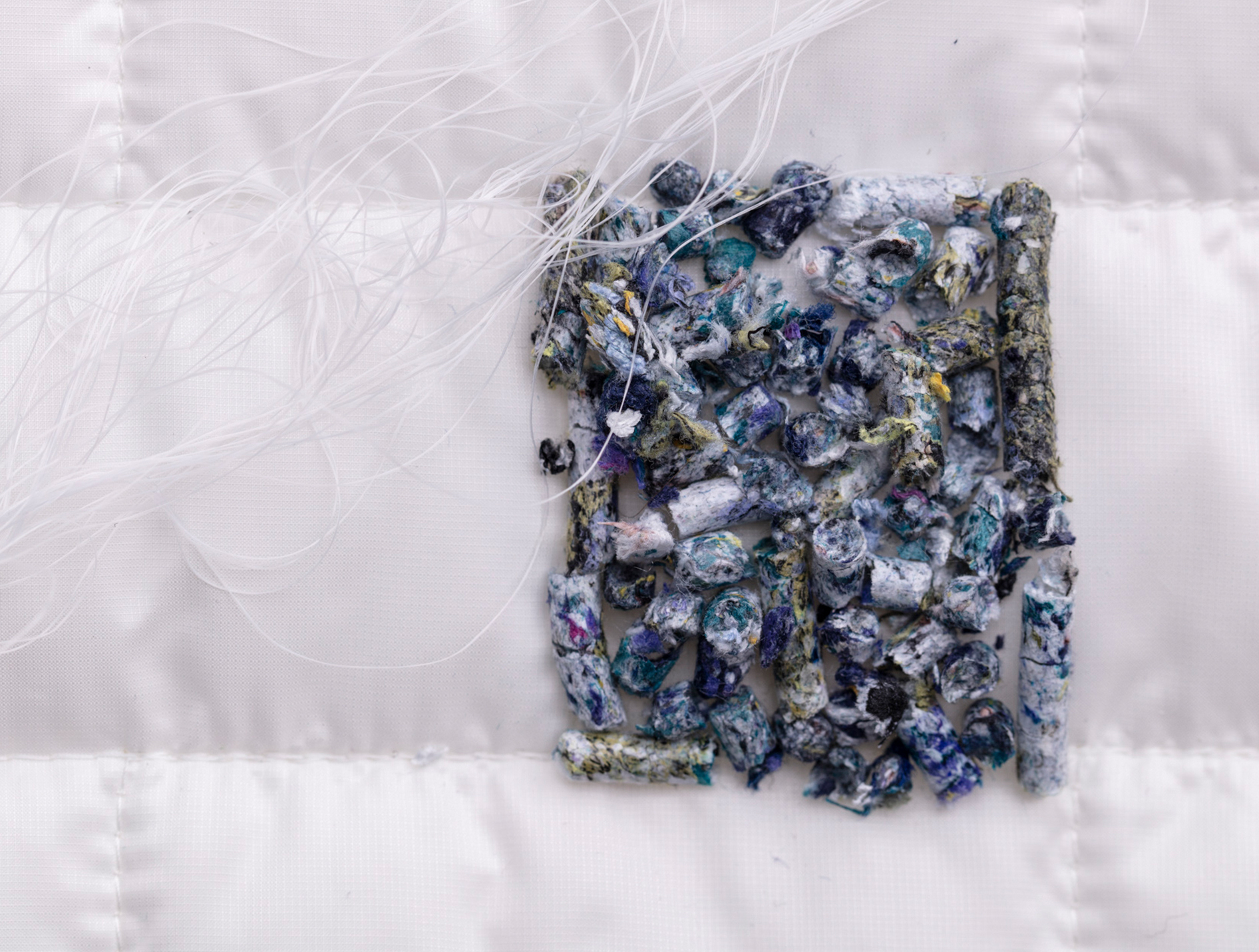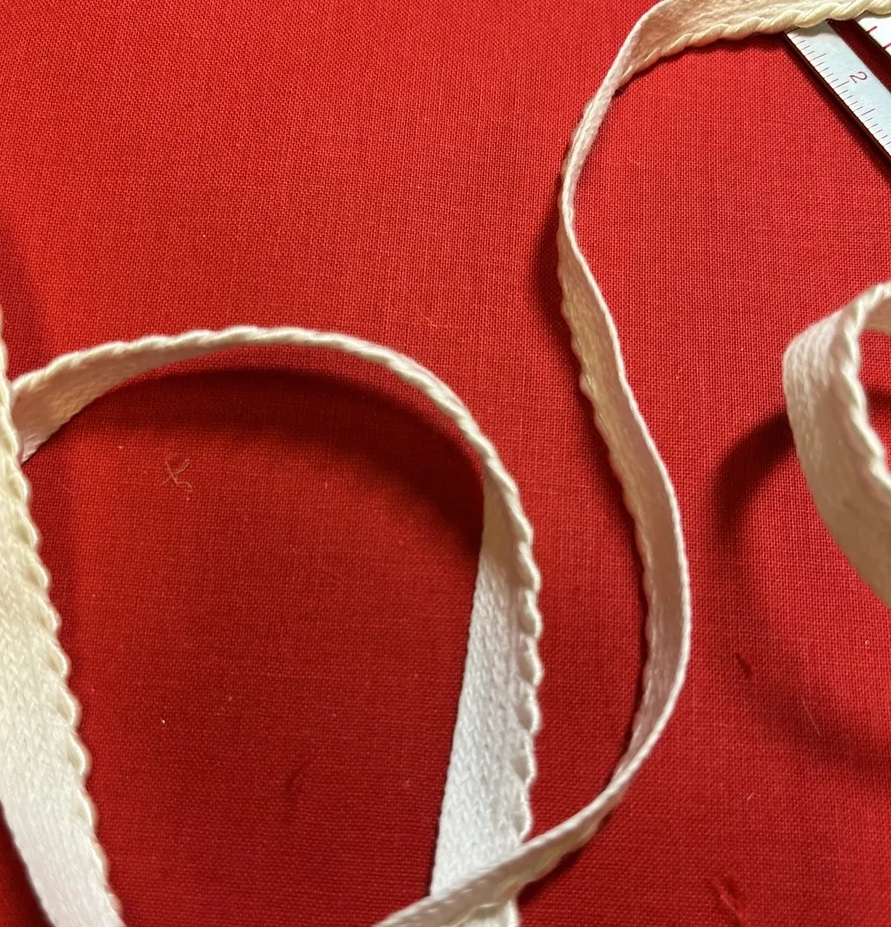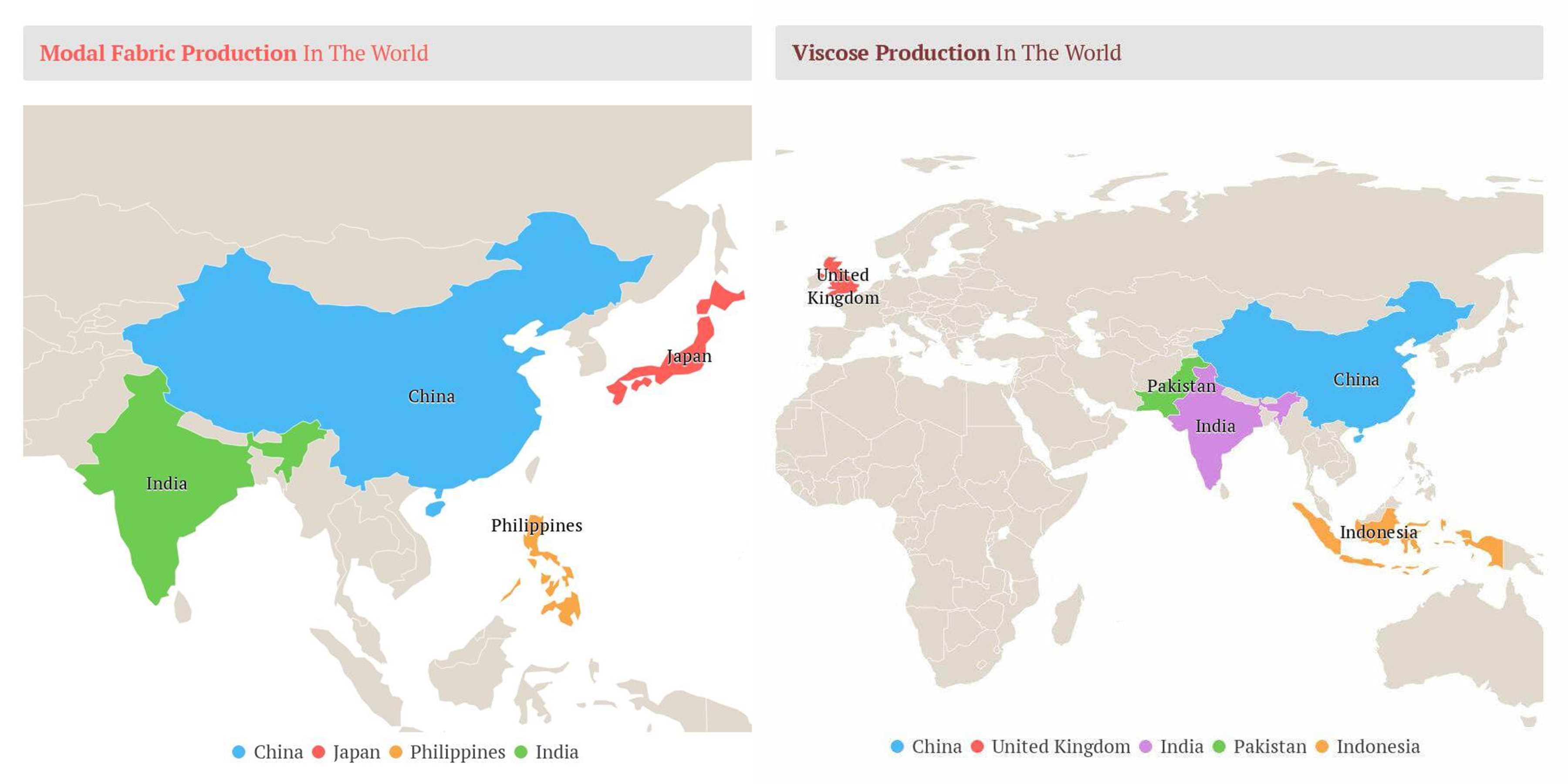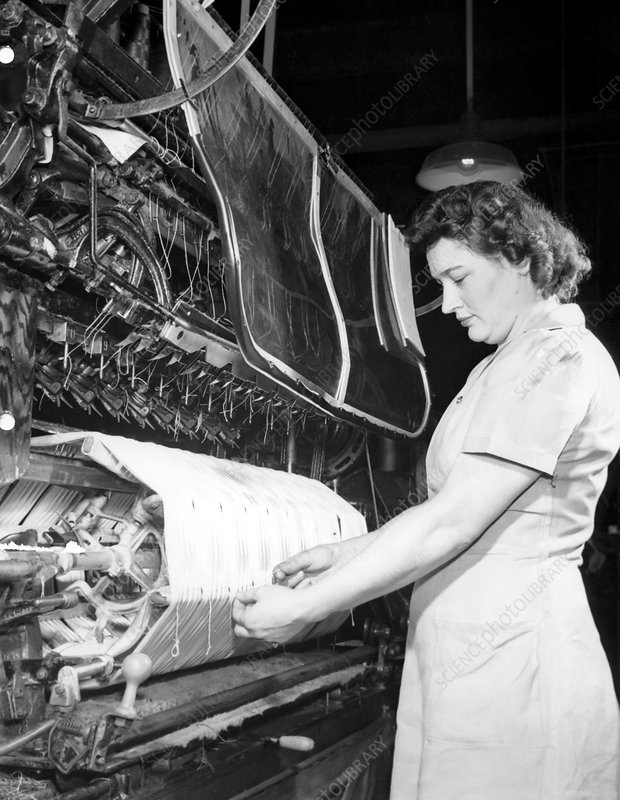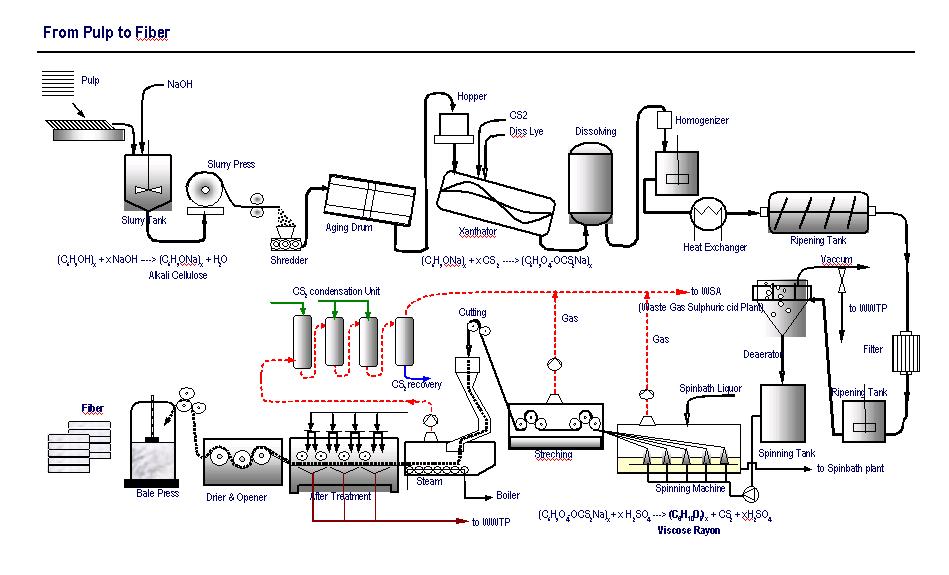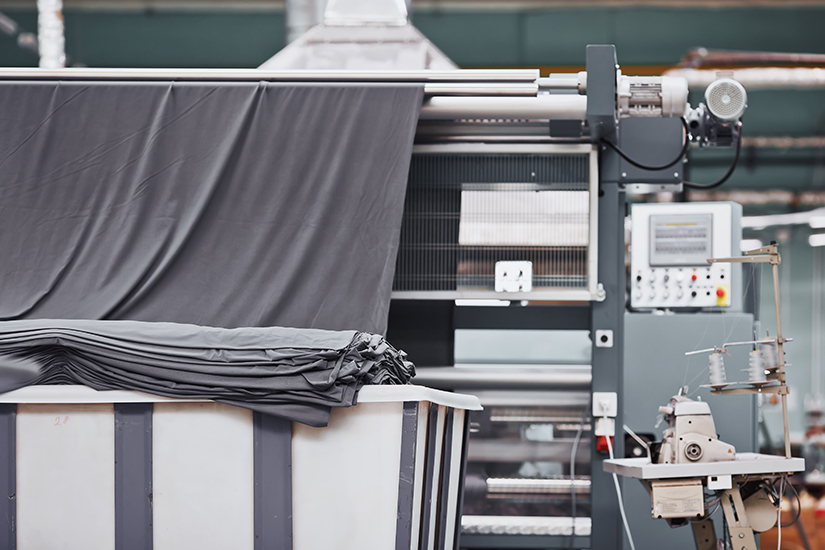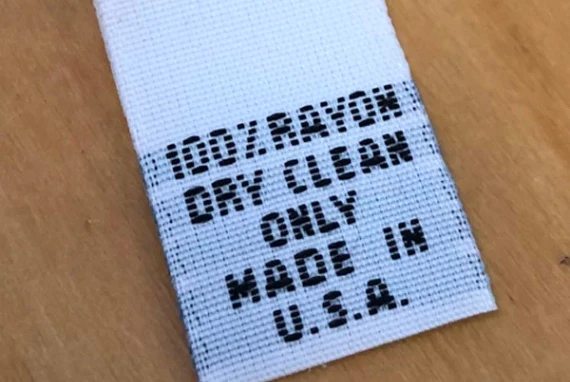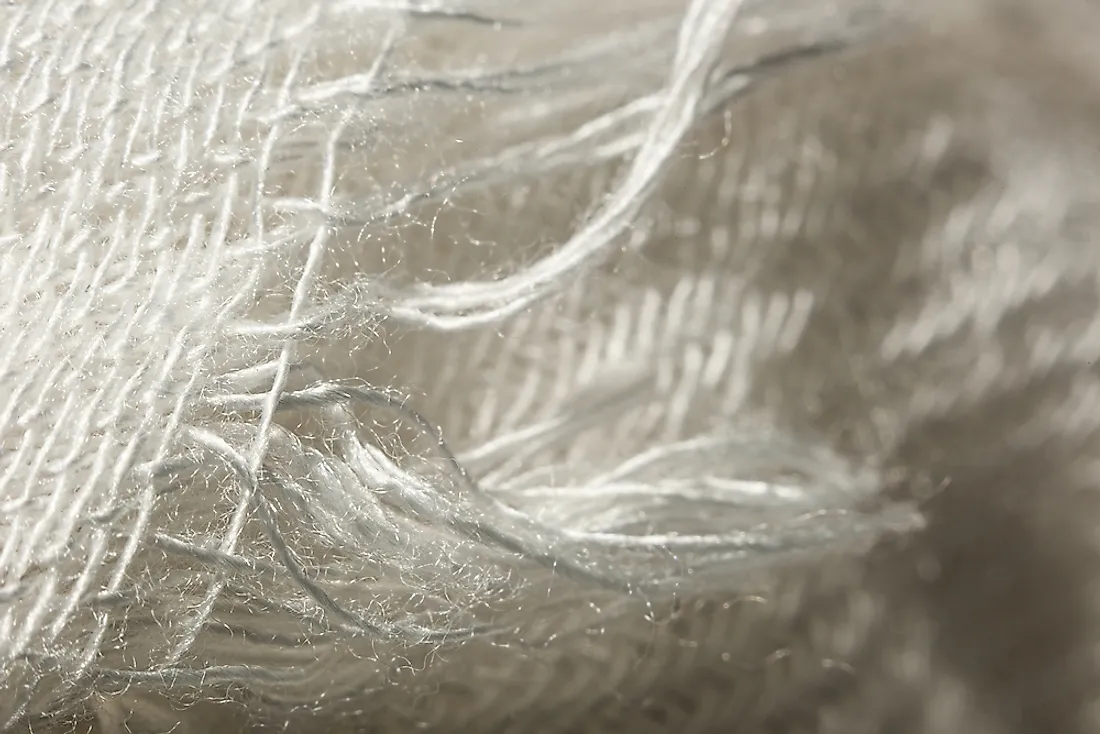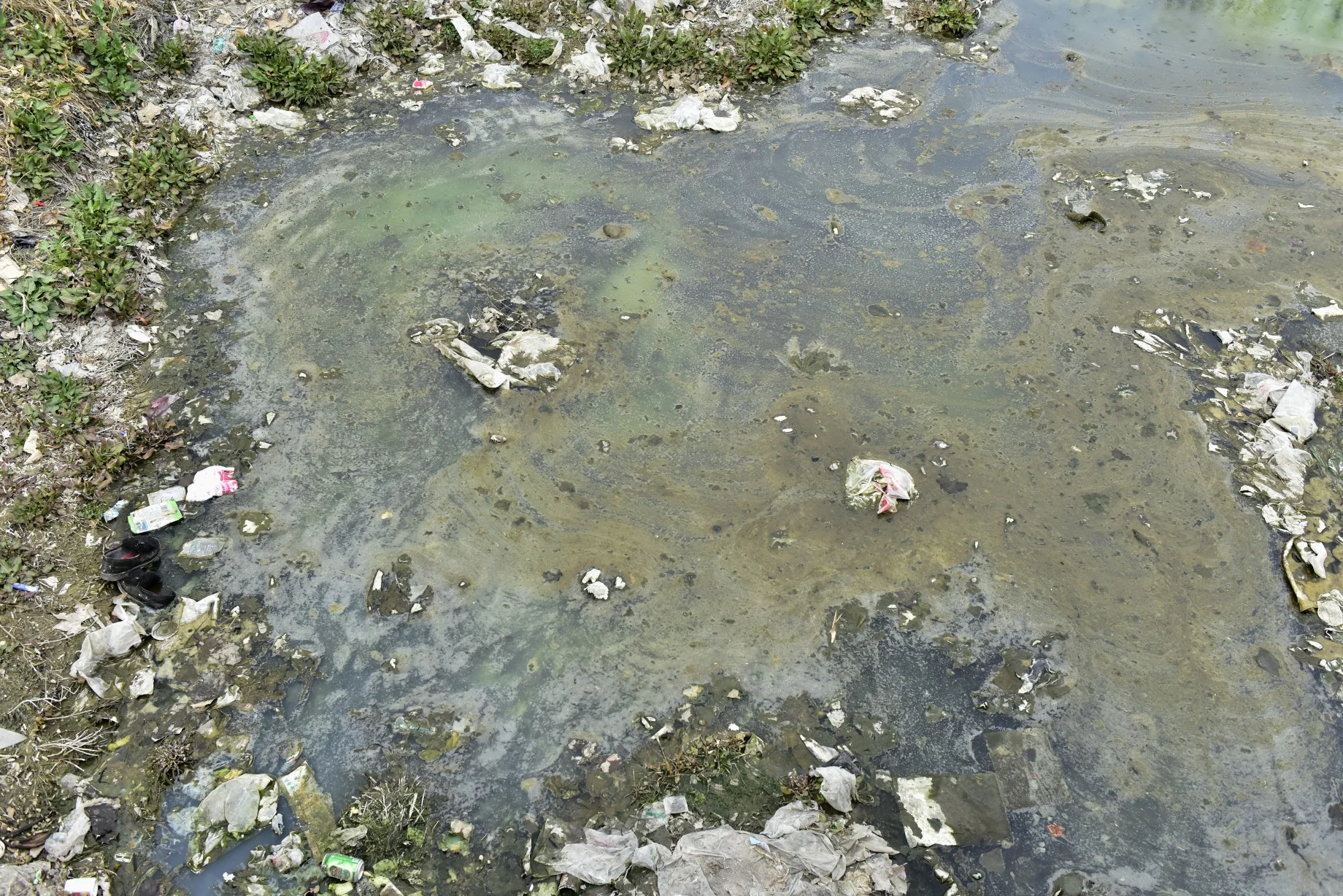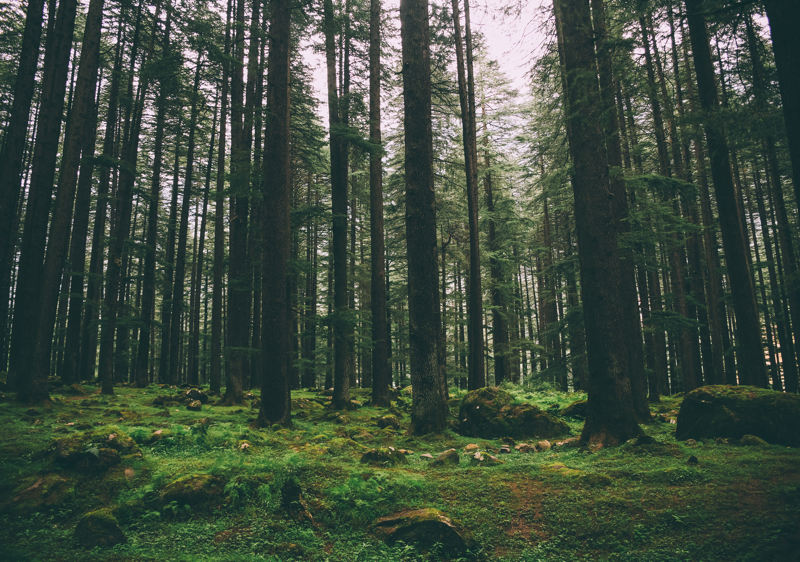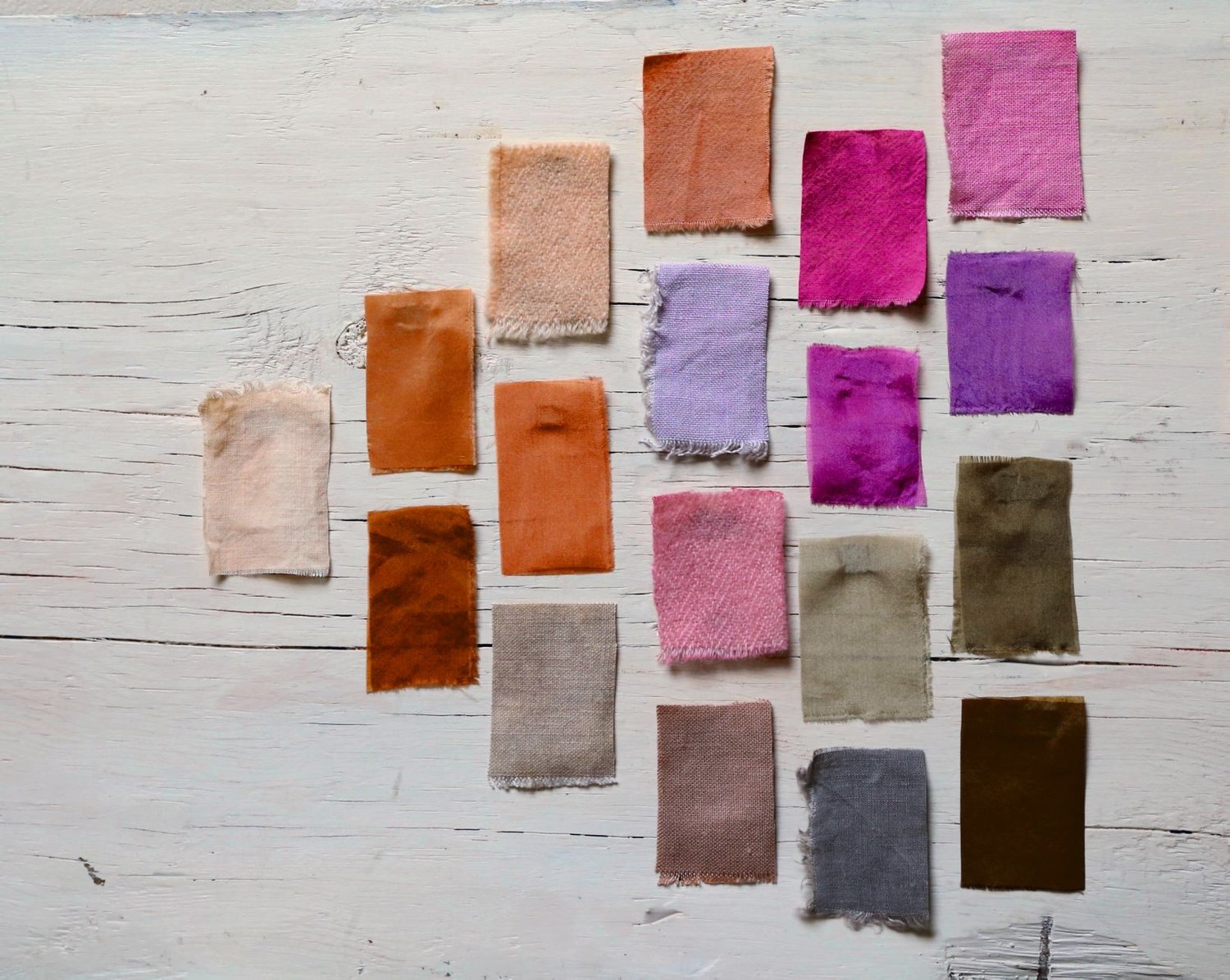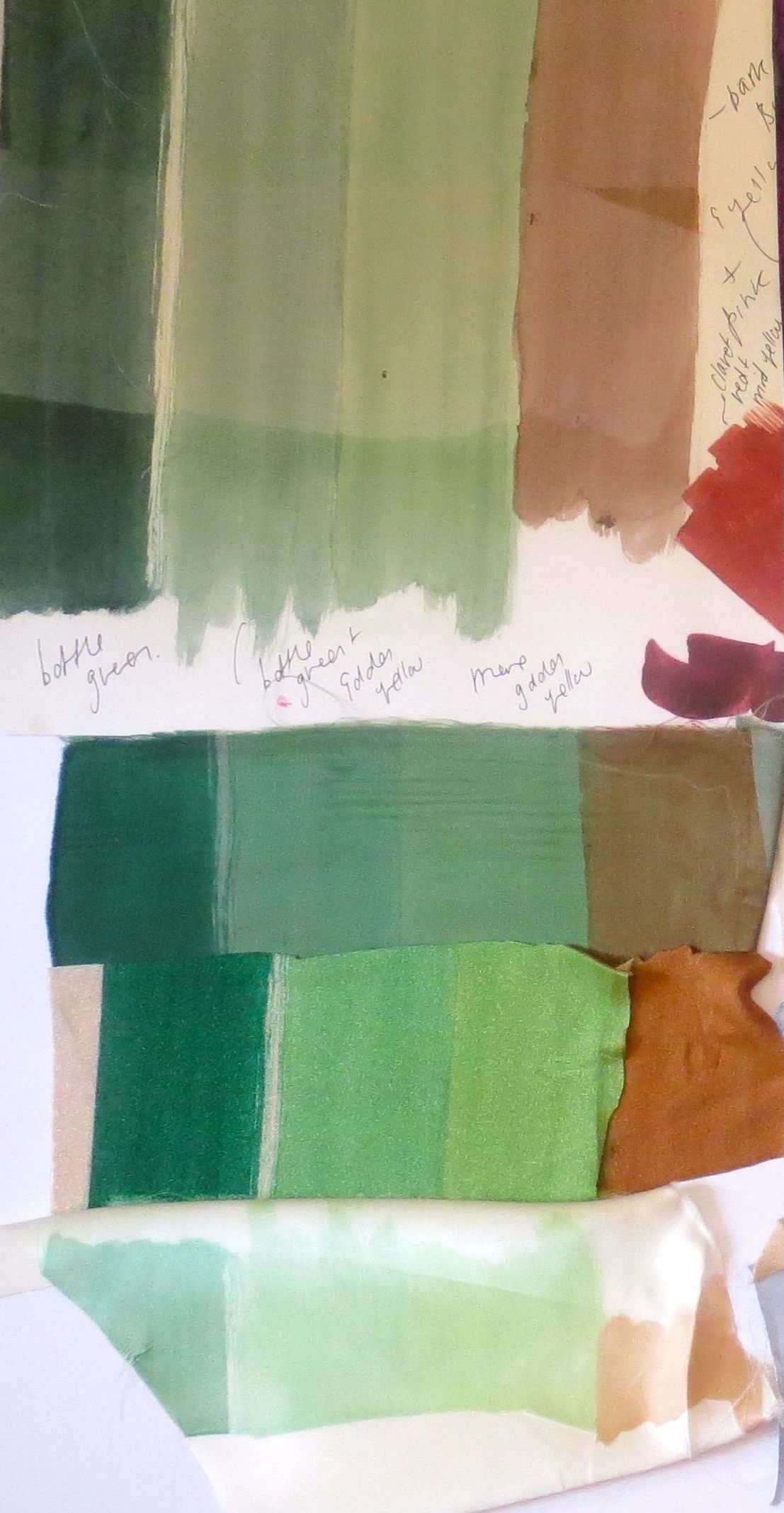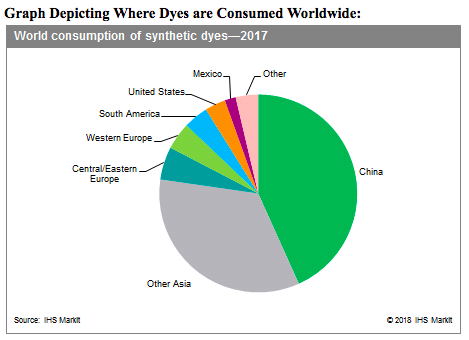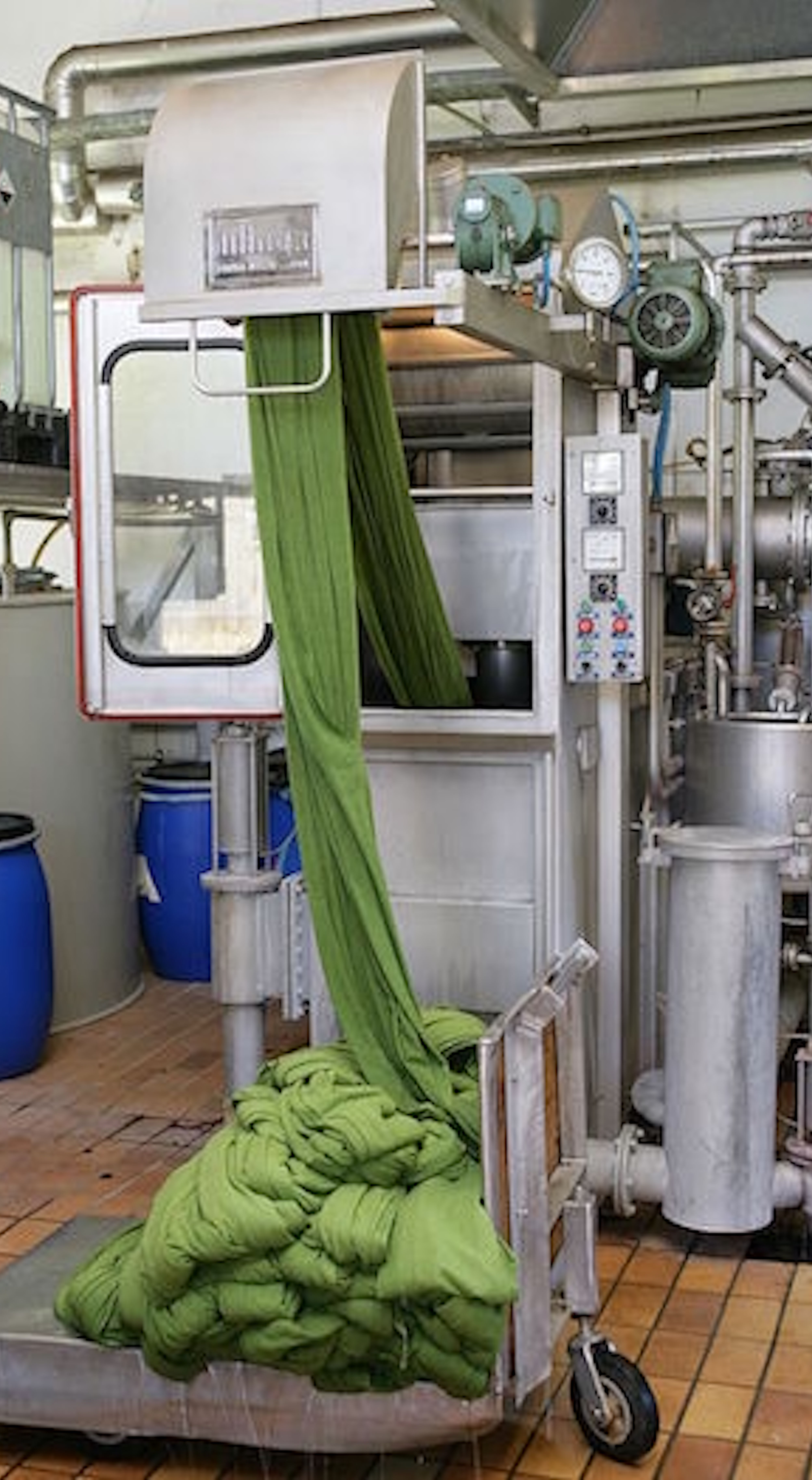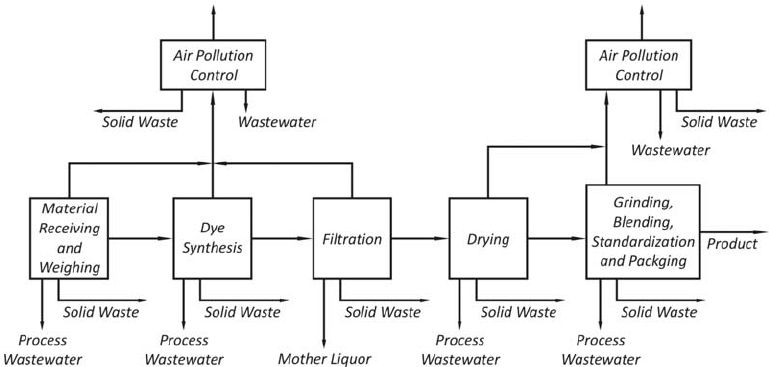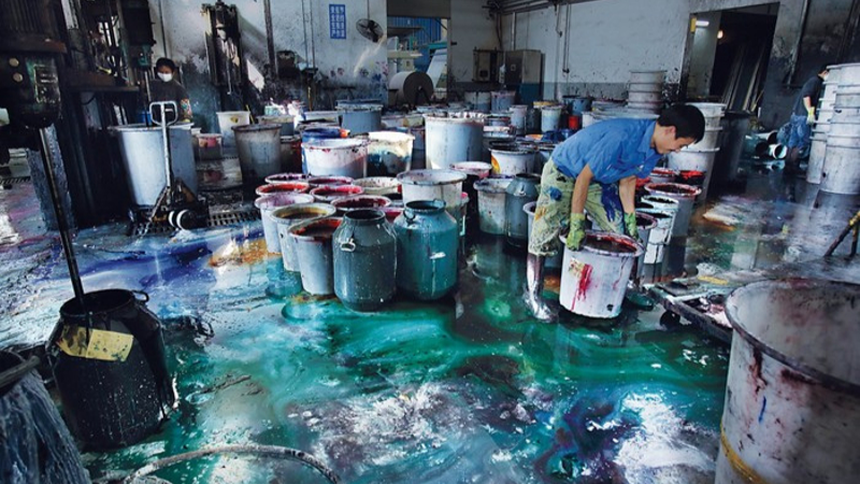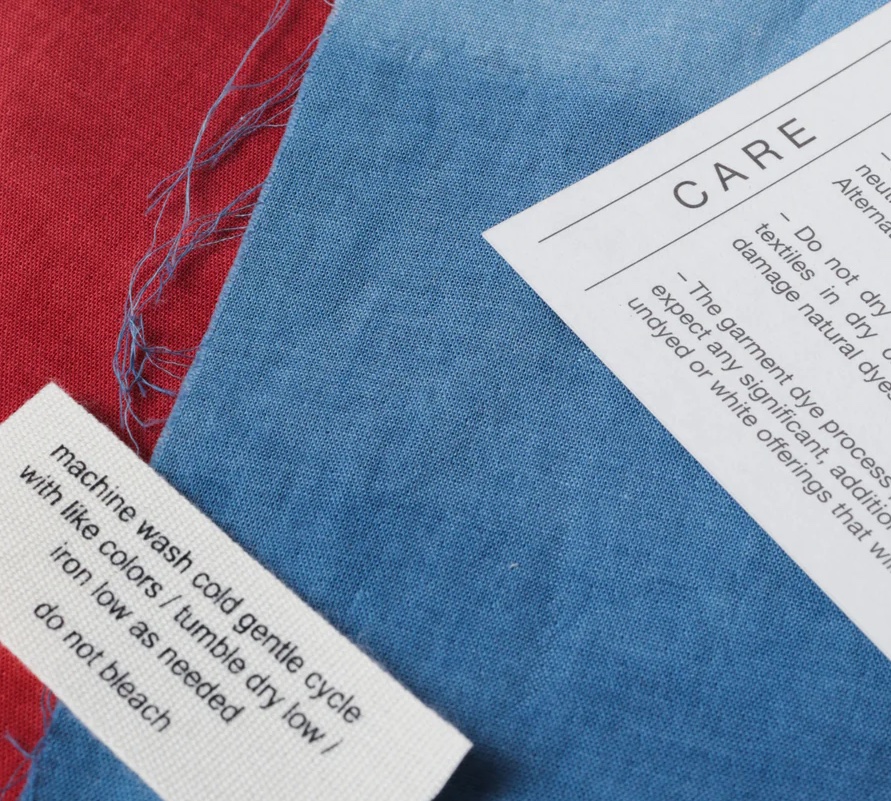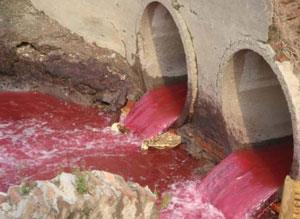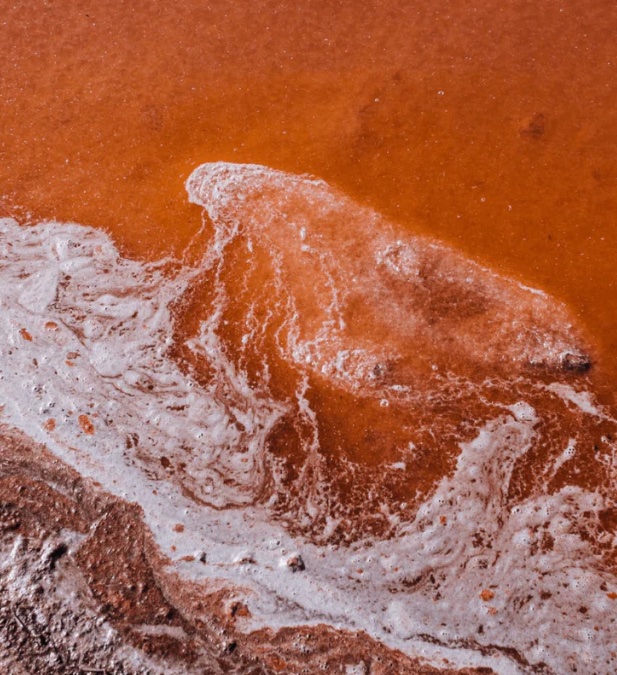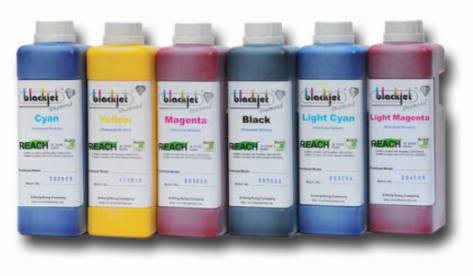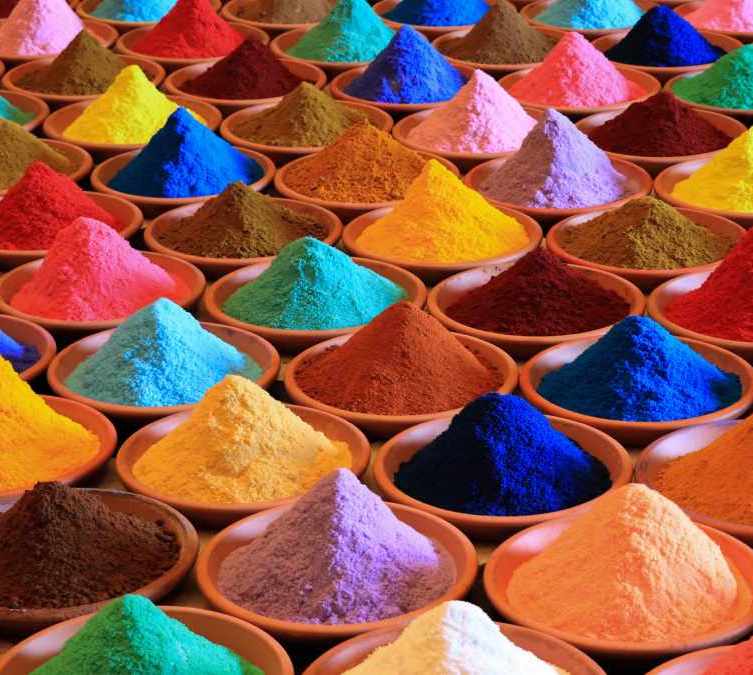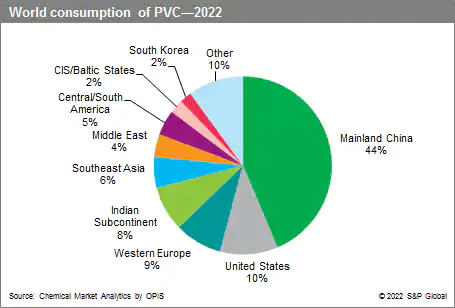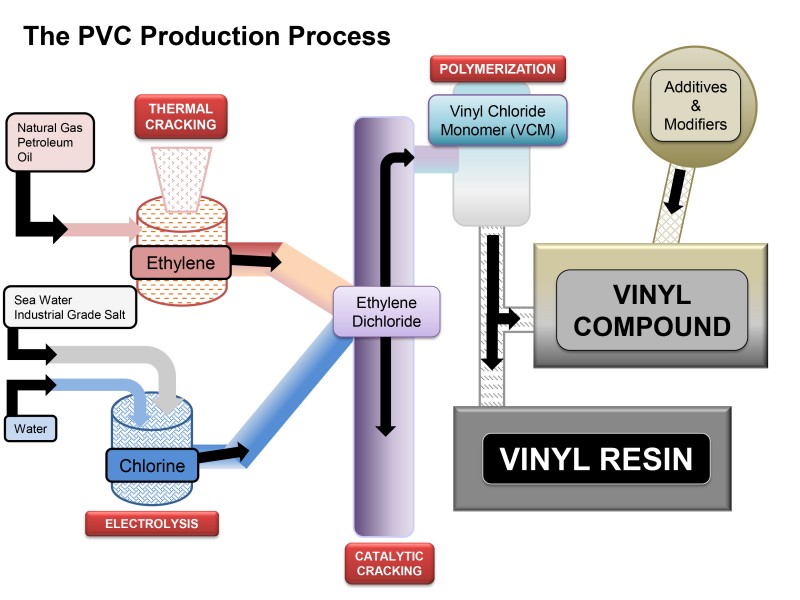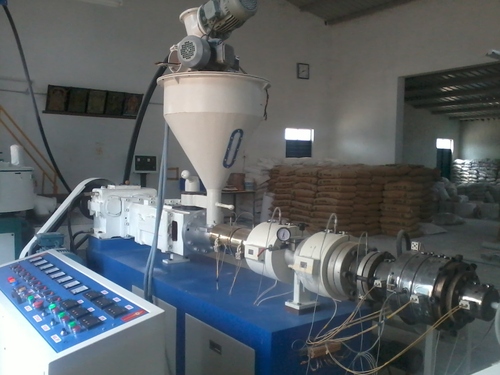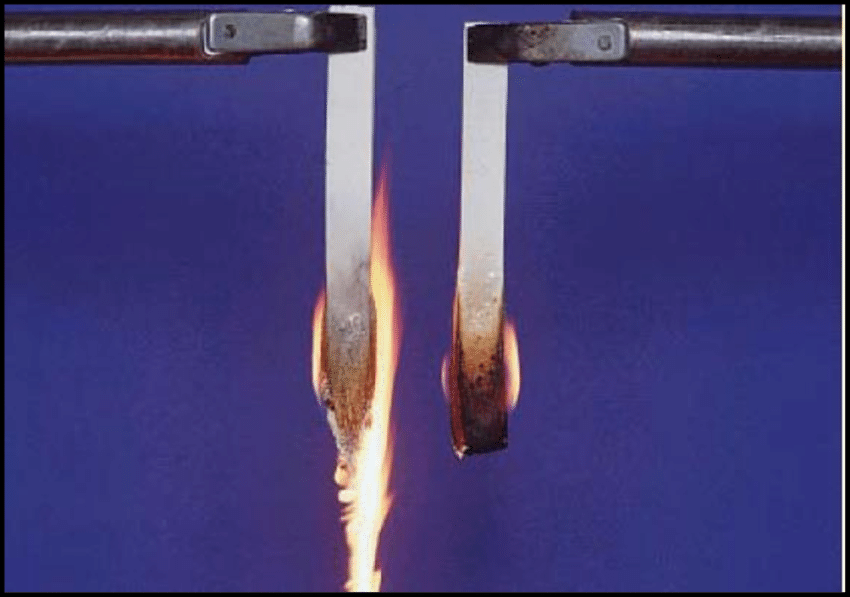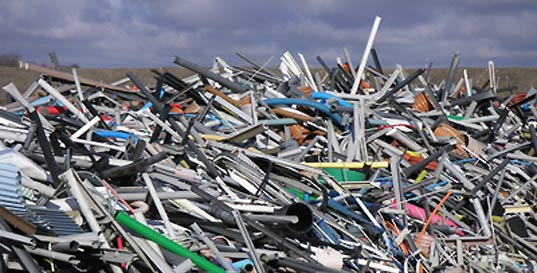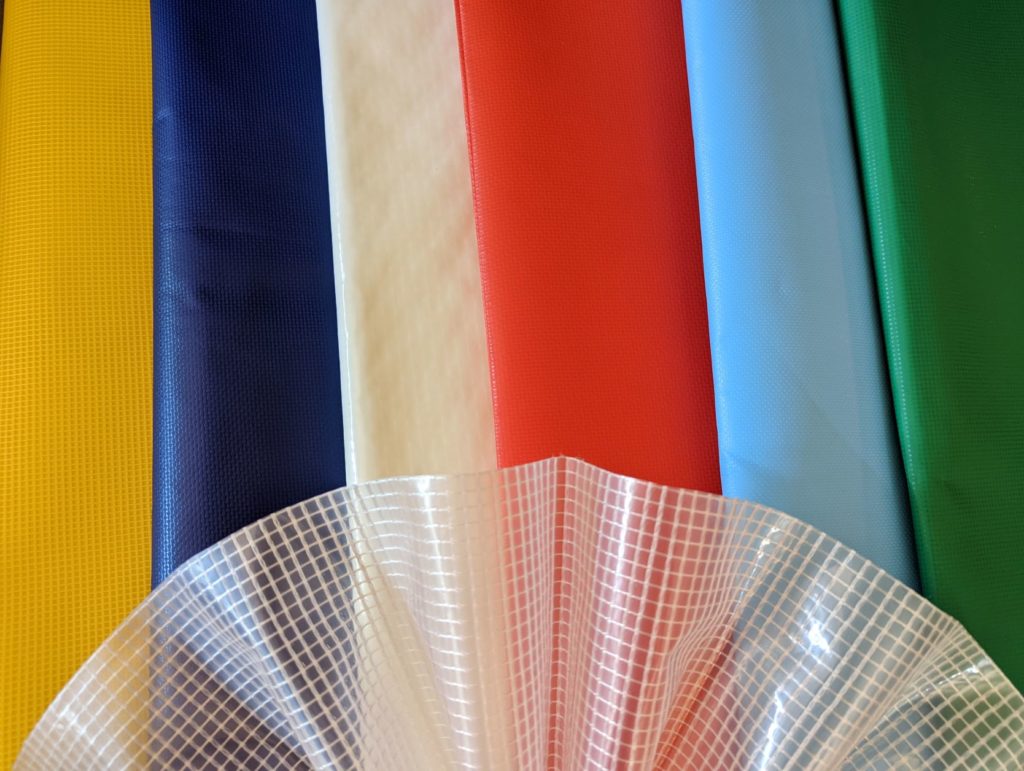How it’s Made: First Source Worldwide describes how natural dyes come from nature through organic and inorganic sources. Today, some of the most popular options for natural dyes are indigo, turmeric, and onion shells. Natural dyes have little affinity for textile materials, they require fixing-agents known as mordants. These agents are essential in providing intensity and brightness to the colors produced and also enhanced the fastness properties of dyes. The dyeing process has always been a key factor in successful trading of textile products. When thinking about the products we have in our closet that have gone through the process of dyeing, there are a few attributes we may not be aware of: good fixation with respect to light, perspiration and washing, both initially and after prolonged used. To make sure these conditions are met, the source that provides color to the fiber must show high affinity, uniform color, resistance to fading, and be economically feasible.
Most of the dyes used today are Synthetic Organic Chemicals that derive from crude oil, known as aromatic organic compounds used to dye everything from pills to clothes,
according to First Source Worldwide. These compounds are substances that consist of one or more rings that contain alternating single and double bonds. In the ring of an aromatic compound, electrons are delocalized, which means they will spread out over the entire ring and are not attached to a specific atom. Most dye molecules contain two parts: the first is a single benzene ring or a substituted benzene ring. This could also contain a system of either two rings fused together or three rings fused together. The second part is a chromophore, where the molecule is exposed to visible light and will absorb and reflect the color. The methods to dye products have not changed much over time.
According to intechopen.com, water is still one of the key components, used to clean, dye, apply auxiliary chemicals to the fabric, and to rinse the treated fibers or fabrics.
There are three steps that need to be followed to dye a product:
The first is preparation, in which unwanted impurities are removed from the fabric before the dyeing process begins. This can happen by cleaning with aqueous alkaline substances and detergents or applying enzymes. Some fabrics can be bleached with hydrogen peroxide or chlorine-containing compounds to remove their natural color.
The second step is dyeing, an aqueous application of color to the textile substrates, mainly utilizing synthetic organic dyes with, usually, a high temperature and pressure of some sort. Dyes and chemical aids are applied to the fabric to get a uniform depth of color.
The last step includes treatments with chemical compounds aimed at improving the quality of the fabric and the product in general. Some of the treatments are permanent press, water proofing, softening, antistatic protection, soil resistance, stain release, and microbial/fungal protection.
